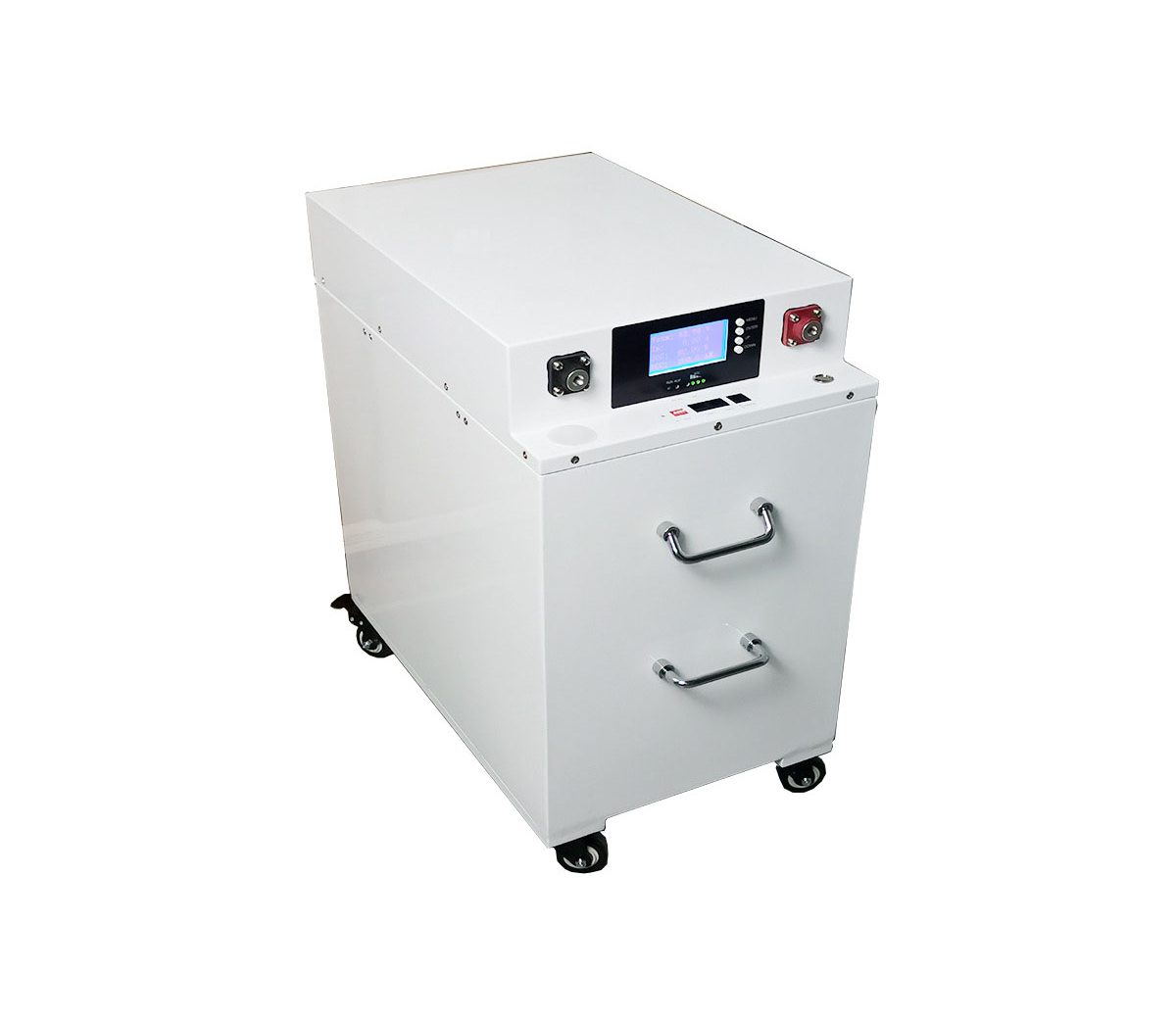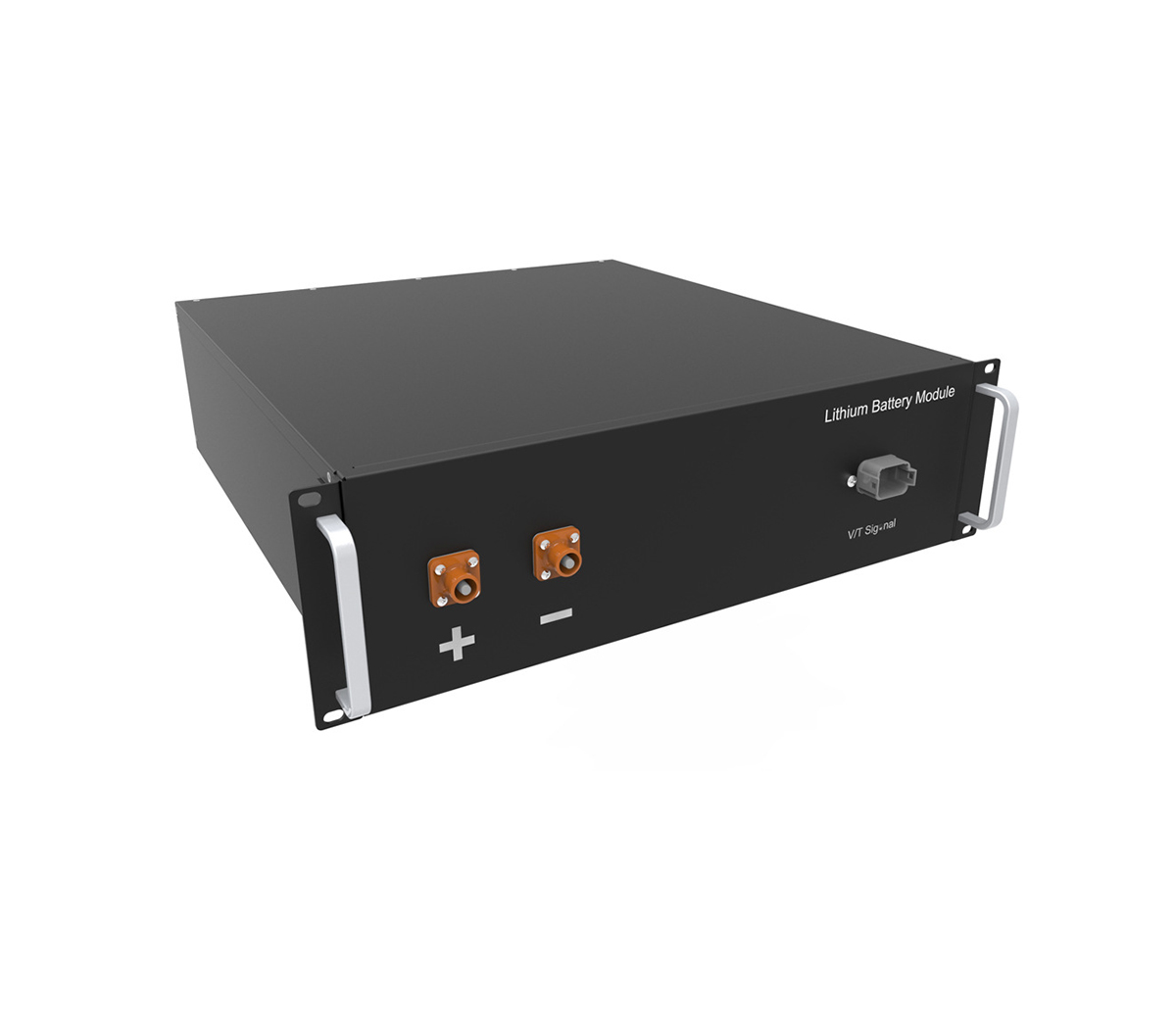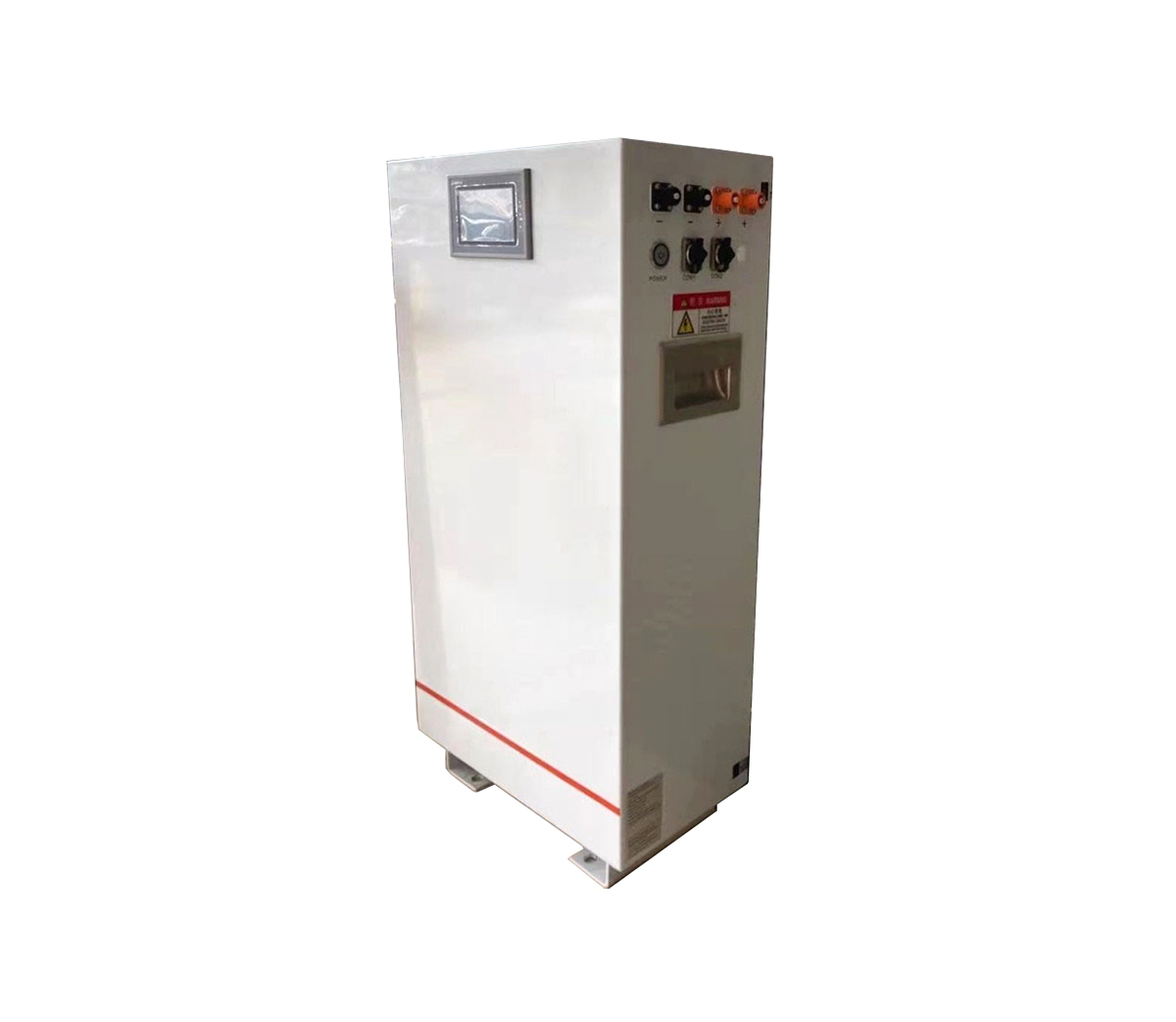Energy density is an important parameter of lithium battery, which determines the energy to volume ratio of lithium battery. It determines the energy to volume ratio of Li-ion battery. For the same volume of Li-ion battery, the higher energy density can naturally load more energy, so how to improve the energy density of Li-ion battery has been an important research direction of the industry.
As a manufacturer with nearly 20 years of experience in the lithium battery industry, SES Power has a deep memory of the development of the energy density of lithium batteries: in 2002, the highest capacity of 3.7V 18650 lithium batteries was only 2000mah, and today, in 2022, the capacity of 18650 lithium batteries can easily achieve 3300mah or even 4000mah. In fact, cylindrical lithium battery is not the best choice for saving lithium battery pack, square aluminum shell battery or soft pack battery is the easiest way to get the maximum energy density of lithium battery pack.
Many of our energy storage and power lithium battery systems use square aluminum-cased lithium batteries, because in addition to its more powerful performance and higher energy to volume ratio, in fact, the cost performance is also very good, such as: lead-acid alternative products with Bluetooth or RS485 communication (lithium iron phosphate 12V100Ah, 12V200Ah, 24V100Ah), high-current (2000A ) start lithium battery, UPS high-voltage lithium battery system (up to 860V), 3Kw ~ 20Kw off-grid, grid-connected, islanded lithium battery energy storage system, wall-mounted form of home energy storage system 48V100Ah, 48V200Ah, stacked energy storage system (a single 51.2V100Ah, up to support 15 stacked) and so on.

For the topic of energy density of Li-ion battery, SES Power will explain it and some surrounding knowledge for you in detail.
A: usage time ↑= available energy ↑÷ energy consumption ↓
Under the same energy consumption remains unchanged and the volume and weight of the battery pack are strictly limited, the single use time or strength of Li-ion battery system mainly depends on the energy density of the battery.
B: What is energy density?
Energy density (Energydensity) is the amount of energy stored in a unit of a certain amount of space or mass of matter. The energy density of a battery is also the average unit volume or mass of electrical energy released by the battery.
The energy density of a battery is generally divided into two dimensions: weight energy density and volume energy density.
Weight energy density = (battery capacity × discharge platform) / weight, the basic unit is Wh/kg (watt-hour/kg).
Volume energy density = (battery capacity × discharge platform) / volume, the basic unit is Wh/L (Watt hour / liter).
The higher the energy density of the battery, the more power is stored per unit volume, or weight.
C: What is the energy density of a single cell?
One is the energy density of a single cell, and the other is the energy density of a battery system.
A cell is the smallest unit of a battery system, M cells make up a module, N modules make up a pack, this is the basic structure of a battery pack.
The energy density of single cell is the energy density of single cell level: in 2020, the energy density of battery will reach 300Wh/kg; in 2025, the energy density of battery will reach 400Wh/kg; in 2030, the energy density of battery will reach 500Wh/kg. here refers to the energy density of single cell level.
D: What is system energy density?
System energy density = (the power of the whole battery system after the single cell combination is completed) / the weight or volume of the whole battery system.
Because the internal battery system contains battery management system, thermal management system, high and low voltage circuit, etc. occupies part of the weight and internal space of the battery system, so the energy density of the battery system is lower than the energy density of a single cell.
E: What exactly limits the energy density of Li-ion battery?
The chemical system behind the battery is the main reason. Generally speaking, four parts of a lithium battery are very critical: the positive electrode, the negative electrode, the electrolyte, and the diaphragm. The positive and negative electrodes are where the chemical reaction takes place.
We all know that the energy density of a pack system with ternary lithium as the cathode is higher than that of a pack system with lithium iron phosphate as the cathode. Why is this?
The existing lithium-ion battery cathode material is mostly graphite, which has a theoretical gram capacity of 372mAh/g. The cathode material lithium iron phosphate has a theoretical gram capacity of only 160mAh/g, while the ternary material nickel cobalt manganese (NCM) is about 200mAh/g.
According to the barrel theory, the water level is determined by the shortest part of the barrel, and the lower limit of energy density of lithium-ion batteries depends on the cathode material. The voltage plateau for lithium iron phosphate is 3.2V, while this indicator for ternary is 3.7V: a 16% difference.
Of course, in addition to the chemical system, the level of production process (compaction density, foil thickness, etc.) also affects the energy density. Generally speaking, the higher the compaction density, the higher the capacity of the battery in a limited space, so the compaction density of the main material is also seen as one of the reference indicators of the energy density of the battery.
F: How to improve the energy density?
The adoption of new material system, the fine tuning of lithium battery structure, and the improvement of manufacturing capability are the three main directions. In the following, we will explain from two dimensions, single cell and system.
Battery manufacturers can achieve the effect of power expansion by increasing the size of the original battery. The most familiar example is that Tesla, a well-known electric car company, which is the first to use Panasonic 18650 battery, will change to the new 21700 battery.
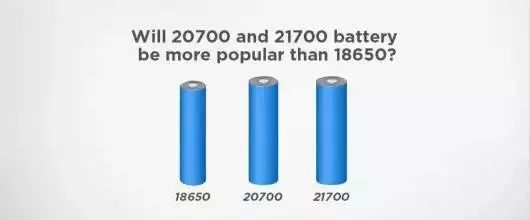
Figure 4 Comparison of different sizes of cylindrical batteries
But the cell "fat" or "long" is simply to increase the capacity by increasing the volume, in fact, there is no essential improvement in energy density. The best way is to find the key technology to improve energy density from the anode and cathode materials and electrolyte composition of the battery cells.
The energy density of the battery is limited by the positive and negative electrodes of the battery. Since the energy density of the negative electrode material is much higher than that of the positive electrode, the energy density should be improved by upgrading the positive electrode material.
High nickel cathode ternary materials generally refer to lithium nickel cobalt manganese oxide, we can change the performance of the battery by changing the ratio of the three elements of nickel, cobalt and manganese. In Figure 5, several typical ternary materials can be seen, the proportion of nickel is getting higher and higher, and the proportion of cobalt is getting lower and lower. The higher content of nickel means the higher specific capacity of the cell. In addition, due to the scarcity of cobalt resources, increasing the proportion of nickel will reduce the reduced use of cobalt.
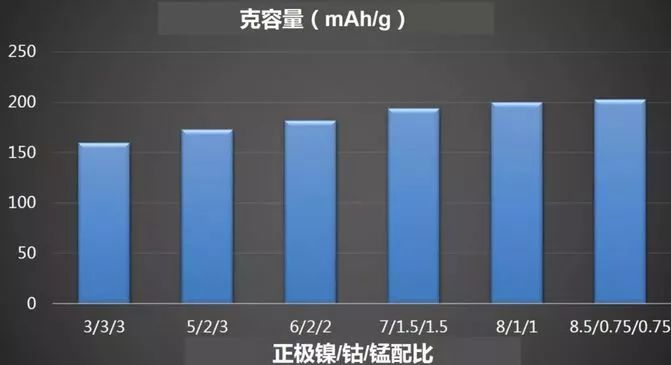
Figure 5 Comparison of gram capacity of different cathode materials
The use of silicon-carbon composites to improve the energy density of the battery is also one of the industry's recognized directions for the development of anode materials for lithium-ion batteries. The Model 3 released by Tesla uses silicon-carbon cathode.
In the future, if you want to break through the single cell 350Wh/kg barrier, the industry may need to focus on lithium metal cathode type battery system, but this also means that the entire battery production process iteration and refinement. Figure 6 Li-ion battery cell system development trend of high energy
G: Excellent lithium battery pack process will be effective system energy density
Improve the level of the pack process of the battery pack needs to take safety as a prerequisite to maximize the use of every inch of space.
Battery pack "thinning" mainly in the following ways.
Optimize the layout - structure from the form factor, you can optimize the internal arrangement of the system, so that the internal parts of the battery pack layout more compact and efficient.
Topology optimization - we use simulation calculations to ensure the rigid strength and structural reliability of the premise, to achieve weight reduction design. Through this technology, topology optimization and morphology optimization can be achieved to ultimately help achieve a lighter battery box.
Material selection - we can choose low density materials, such as the battery pack upper cover has been gradually changed from the traditional sheet metal upper cover to composite upper cover, which can reduce the weight by about 35%. For the lower box of the battery pack, it has been gradually transformed from the traditional sheet metal solution to the aluminum profile solution, which can reduce the weight by about 40%, with obvious effect of lightweighting.

(Integrated modal simulation of the whole vehicle)
H: Summary
Battery is a very all-round product, you want to improve the performance of one aspect, you may sacrifice the performance of other aspects, which is the basis of understanding of battery design and development. Lithium battery application scenarios are very wide, and the requirements of power and energy storage will not be exactly the same, thus energy density is not the only measure of battery quality.
If you have any questions about lithium batteries, you are welcome to contact us.













